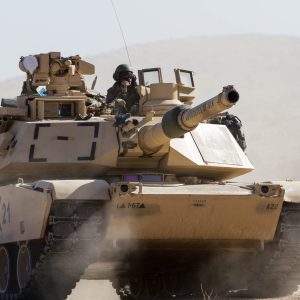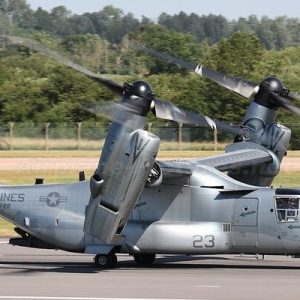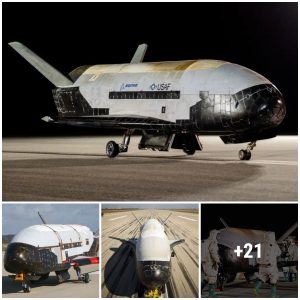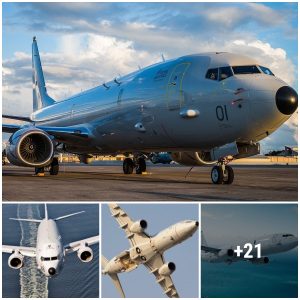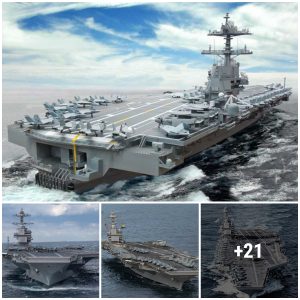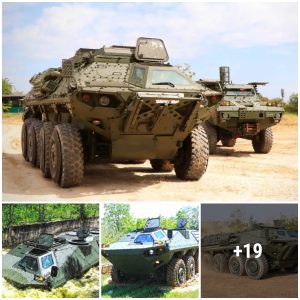
The first of McDonnell Dauglas’s (Boeing from 1997) Hornet upgrade concepts to reach fruition is the F/A-18E Super Hornet. The first F/A-18E made its maiden flight in November 1995 and the first aircraft was formally accepted into service with VFA-122 on 15 January 1999. The avionics upgrade is centred on the Raytheon APG-73 radar as already fitted to late versions of the F/A-18C. The IDECM (Integrated Defensive Electronic Counter Measures) system has three major elements: an ALR-67(V)3 RWR, ALQ-214 radio-frequency counter measures system and ALE-55 fibre-optic towed decoy system.

The cockpit of the F/A-18E is similar to that of the F/A-18C with the exception of a larger flat-panel display in place of the current three head down displays. The enlarged airframe incorporates measures to reduce radar cross section and includes a fuselage lengthened by 0.86 m, an enlarged wing characterised by a thicker section and two more hardpoints, enlarged leading edge root extentions, and horizontal and vertical tail surfaces. The Super Hornet also has a structure extensively redesigned to reduce weight and cost without sacrificing its strength.

The F/A-18E/F also features a new quadruplex digital fly-by-wire control system without the Hornet’s mechanical back-up system. The F/A-18F Super Hornet is the two-seat development of the F/A-18E, with the rear cockpit equipped with the same displays as the front cockpit and otherwise configured for alternative combat of training roles. The US Navy had originally planned to procure a total of 1 000 Super Hornets, but in 1997 the total was reduced to 548. Any delay in the service debut of the JSF to a time later than 2008-10, however, will see the number of Super Hornets rise to 748. An F/A-18F C²W electronic combat variant has been proposed as a replacement for the Grumman EA-6B Prowler. This will be capable of both active jamming as well as lethal suspension of enemy aid defense.
